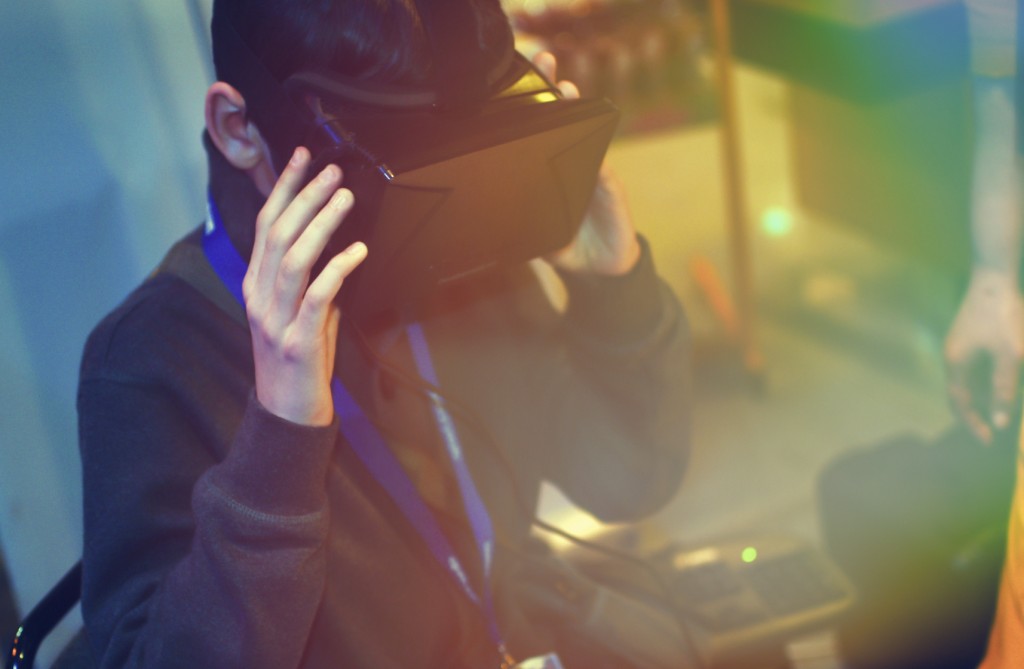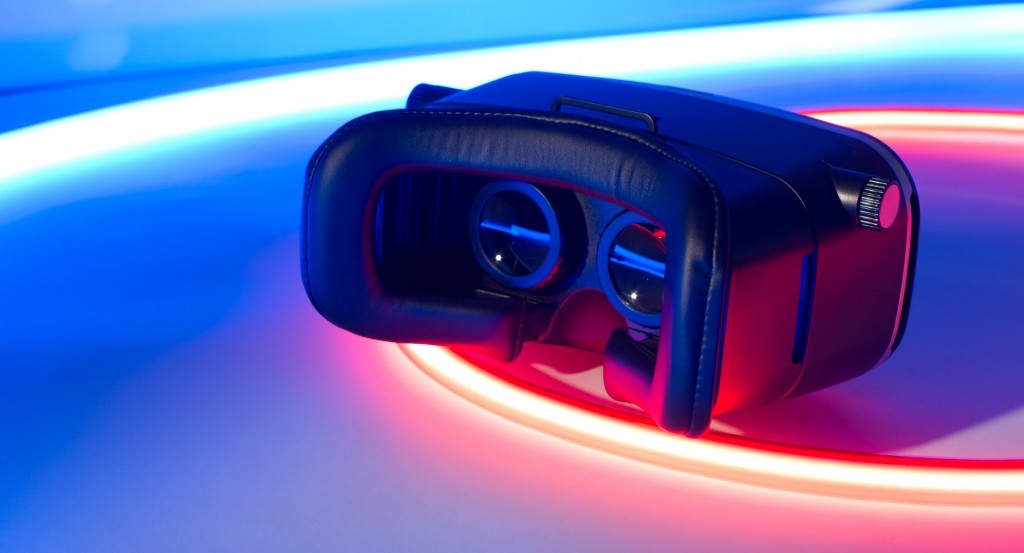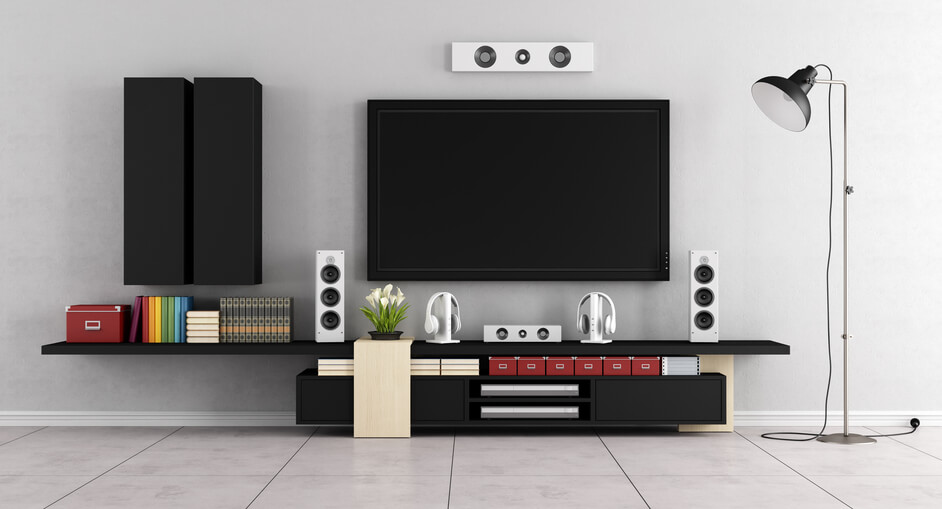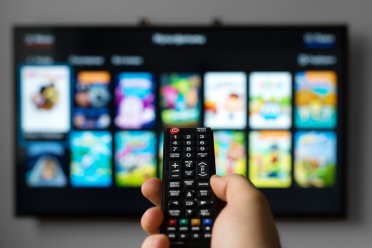As we’ve mentioned in a previous article, we’re very excited about the rise of virtual reality. But, with more products being launched and the technology starting to truly reach the mainstream for the first time, it’s worth delving deeper into what’s powering this new wave of VR and the limitations that will hopefully be overcome as it becomes even more popular.

Screen Resolution and Refresh Rate
The major players when it comes to virtual reality headsets – Oculus Rift, HTC Vive and Playstation VR – are being released with screens that have a similar resolution to a full HD TV. Of course, when the screens sit so close to your eyes, the quality is much more important, and pixels become even more noticeable.
It’s something Palmer Luckey, the creator of Oculus Rift, is very much aware of. He’s been quoted as saying “on phones we’re at the point where throwing more pixels at it is not really improving it that much each time, but [with] VR, we’re still at the point where [doubling] the pixels is still a clear, noticeable improvement.”
There are similar challenges to overcome with refresh rate – the number of times the screen refreshes every second. While VR devices tend to have a higher refresh rate than many TVs, at such close proximity they can still cause ‘virtual reality sickness’, which will only be prevented when better tech allows for even higher refresh rates.
Control Systems
The aim of VR is immersion – which is undermined somewhat when you’re using a video game controller to move around the world. The HTC Vive does include two wireless controllers that mimic real movement better but control systems are one area that need improvement.

Power and Cabling
One of the biggest problems with current virtual reality is the technology needed to power the system, and to run the software. Currently headsets are simply immersive video screens, requiring a PC or a games console to run the footage.
The obvious problems of cabling come into play here – if you want to move around to explore, but you can only see the screen, there are risks involved. Wireless VR technology would be the answer in future.
Keep up to date with the latest VR news with Cheap LED TVs, and you can contact us to find out more about the products we have available.


 My Cart -
My Cart - 





